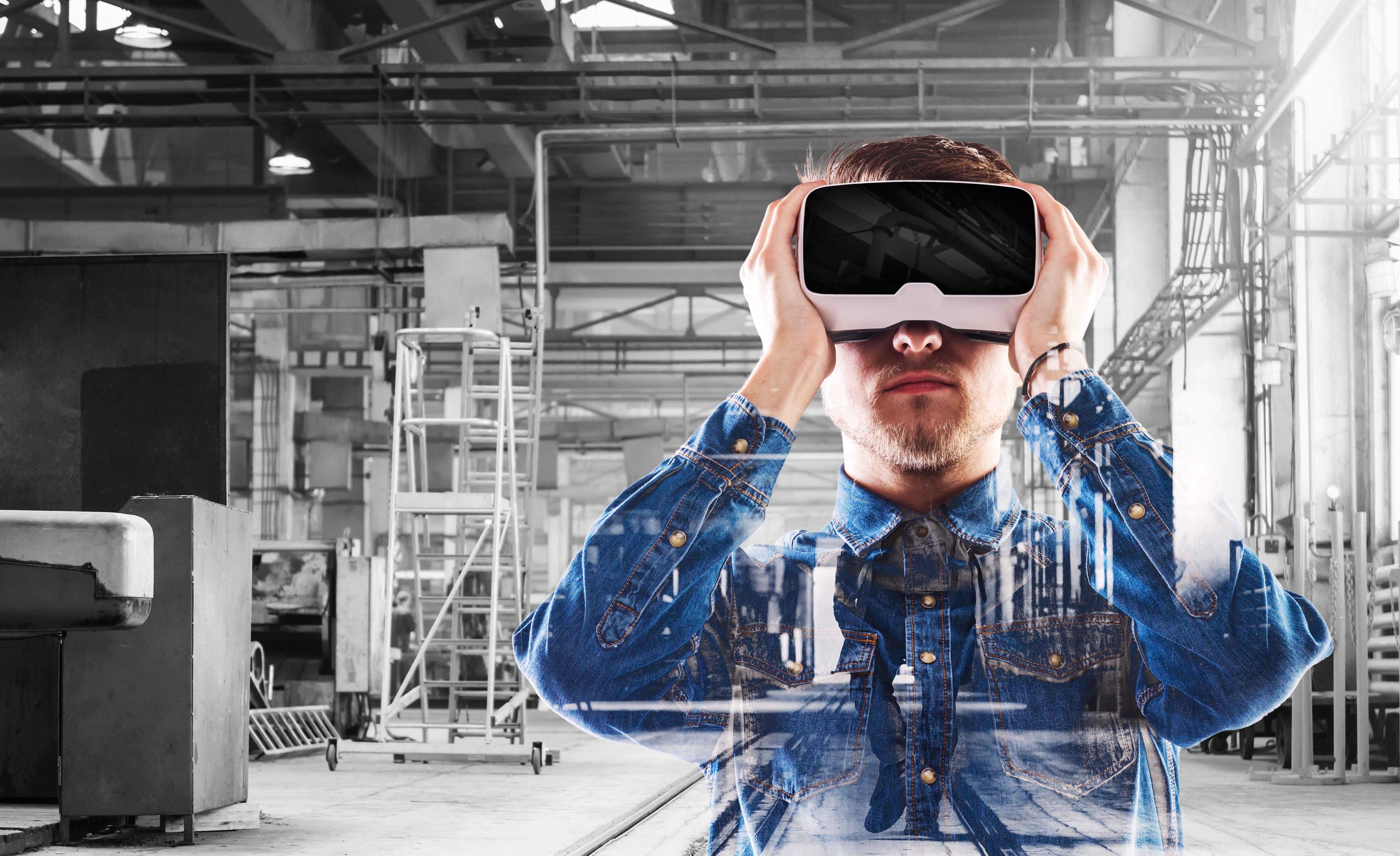How far has Virtual Reality come? Where do we see it going in 2017?

The stage is set for the International Consumer Electronics Show (CES) at Las Vegas, the world’s gathering place for all who thrive on the business of consumer technologies, from January 5th to January 8th, 2017. Virtual Reality (VR) is going to be a prominent show stopper and attraction for individuals, corporates, consumers, and developers. In VR, it is the show floor where the business is done. The ‘virtual’ developments can only be realised when the real thing is shown and projected in the respective head mounted devices, 360 degree domes and screens. At such places, people gather to find the new leap in the VR hardware and software capabilities.
In the early years, say 2 years ago (2 years is a long time in VR), the HMD prototypes were famous when the VR enthusiasts got their first hands-on experience of Virtual Reality. The closed-door meetings with VCs and Kickstarters were common at these platforms. Rift was a big hit and gave us the opportunity to experience VR, operating in a relatively smaller device. Soon we saw a large number of developers and researchers spinning off smaller companies with bizarre, yet technically impressive techs and gadgets for VR media, motion tracking, haptics and systems. Positional tracking using IR LEDs and a tracking camera provided immersive vision displays and interactivity. Suddenly, we could see a whole new user experience, and by 2015, Consumer VR was taking shape and was receiving its well-deserved commercial attention.
As there was an improvement in tracking the performance of the VR/AR systems, there were aggressive product development plans and funding rounds. Despite a few setbacks and technical delays, things were looking much more promising. Oculus, along with HTC and Microsoft, now had an integrated VR/AR HMD, ready to ship as a consumer product. Samsung’s ‘Oculus powered’ mobile VR headset ‘Gear VR’ and the CTO, John Carmack’s confidence in the future of mobile virtual reality helped boost this ecosystem along with the emergence of Google’s CardBoard and DayDream. The Razer-fronted Open Source Virtual Reality (OSVR) platform was announced along with its very first flagship hardware and Developer Kit. At this time, across Game Developers Conferences (GDC), HTC-Vive headsets seemingly dominated the tech shows. By now, Vive also had Valve’s laser-based room-scale tracking technology called ‘Lighthouse’.
Sony had continuously enhanced PlayStation 4 to reach out the VR Tech to a mass market audience. Companies like Sixense developed STEM motion controller to focus on the VR-centric controllers. Another major VR input side has been developed by Virtuix Omni treadmills. Eye tracking for VR was developed by Sensomotoric Industries. FOVE headset and other similar research teams created an urgently required space for rapid improvements in existing technologies for better experiences and performance benefits.
In 2017, we are expecting more R&D outputs from the previous year. Somewhat inconsiderately at the very start of the year, someone rightly commented, “OK organisers! No one in the tech industry have families they want to spend time with”. The annual CES is one of the biggest events, especially for the hardware and capable software, and is a great marketing showcase and platform for the new gear in the new year. VR, like in most of tech, gaming, AI, and related exhibitions, will be a prominent section at the event. The show of the hottest technologies in HMDs, sound, visuals, haptics, and content themes are going to be the innovative amalgamation of ideas and efforts of thousands of hardworking VR techies.
Future events will bring more details and glimpses of huge leaps made by developers, tech researchers, and industry leaders in the VR content, applications and products. Important developments are likely to come in the area of wireless VR, eye-tracking and input devices.
ABOUT THE AUTHOR: Dr. Suneel Sharma (Director-Virtual Reality Program)
Dr. Suneel Sharma is a tech entrepreneurial spirit and educationist, after gaining a rich professional experience of over 20 years in multinationals and Indian top universities. Known for his visionary thinking, strategic insights and execution capabilities, Dr. Suneel earned many awards and recognition. He was nominated for Board of Directors (OAUG) at Oracle. He is educated in Engineering, Humanities, Science, Education, and Business Administration from BITS-Pilani, IIM-Bangalore, Stanford University and Lancaster University. He obtained Glider’s Pilot License and medals in swimming during his college days.

